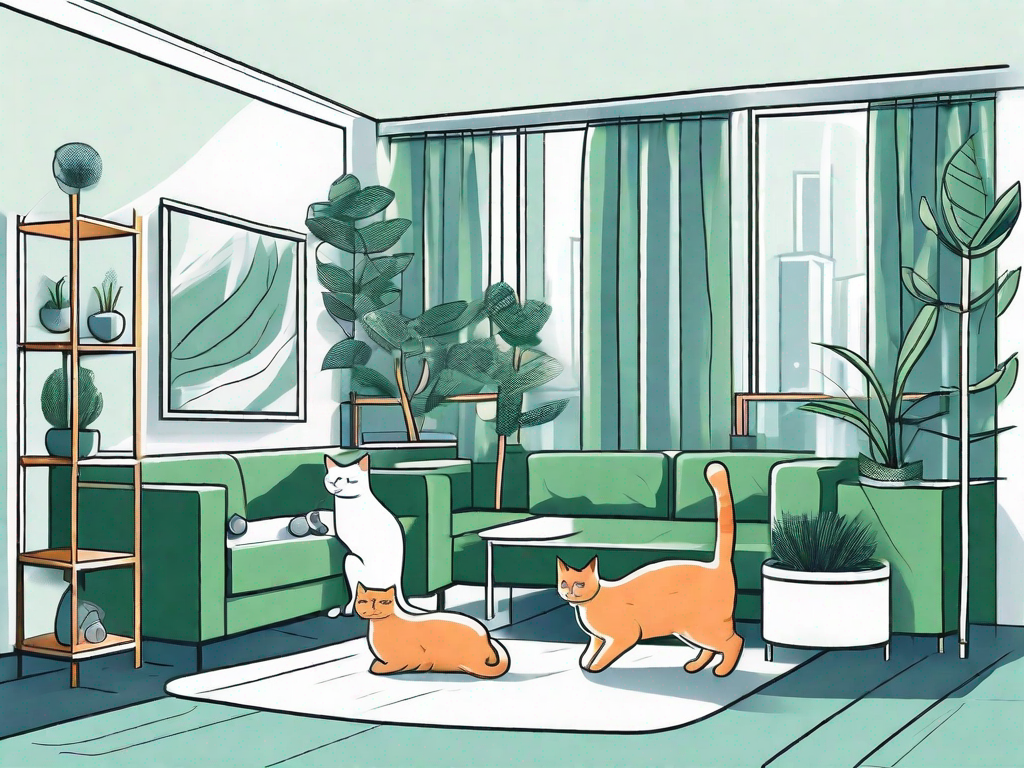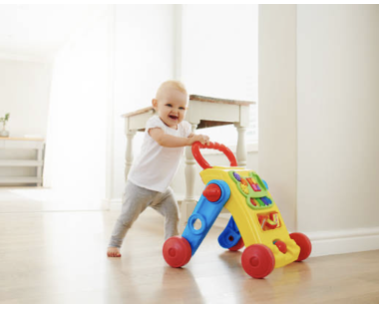Cats are curious and playful creatures, and providing them with a cat tree can greatly enrich their indoor environment. A cat tree offers a dedicated space for your furry friend to climb, scratch, and relax. However, with so many options available in the market, how do you choose the right cat tree? In this article, we will explore the key features to consider when selecting a cat tree that suits both your feline companion’s needs and your home decor.
Understanding the Importance of a Cat Tree
Before diving into the specific features, let’s first understand why a cat tree is an important addition to your home. Cats have a natural instinct to climb and perch. In the wild, climbing trees not only allows cats to escape from predators but also provides them with a vantage point to observe their surroundings. A cat tree mimics this natural behavior, giving your cat a sense of security and territory within your home.
But why is it so crucial to cater to your cat’s climbing needs? Let’s explore the role of cat trees in feline behavior in more detail.
The Role of Cat Trees in Feline Behavior
Cat trees play a crucial role in fulfilling your cat’s basic needs. Climbing helps cats exercise their muscles, keeping them fit and agile. It also provides mental stimulation, allowing them to explore and satisfy their hunting instincts. Imagine your cat leaping from one platform to another, simulating the thrill of chasing prey in the wild. This physical activity not only keeps them physically healthy but also contributes to their overall well-being.
Furthermore, a cat tree serves as a sanctuary for your feline friend. It offers a safe and elevated space where they can retreat and observe their surroundings. This sense of security is essential for cats, as it helps reduce stress and anxiety. By providing a dedicated space for climbing and perching, a cat tree helps create a harmonious environment for both you and your cat.
Health Benefits of Cat Trees
In addition to the behavioral advantages, cat trees offer various health benefits for your feline companion. Regular climbing and perching on a cat tree promotes healthy circulation by stretching and flexing their muscles. This increased blood flow helps prevent muscle stiffness and promotes overall cardiovascular health. It also aids in maintaining proper joint mobility, reducing the risk of arthritis or other joint-related issues.
Moreover, the physical activity provided by a cat tree helps prevent obesity, a common health concern among indoor cats. Obesity can lead to various health problems, such as diabetes, heart disease, and joint issues. By encouraging your cat to climb and play on a cat tree, you are helping them maintain a healthy weight and reduce the risk of these conditions.
Additionally, the mental stimulation provided by a cat tree is crucial for your cat’s overall well-being. Cats are intelligent creatures that require mental challenges to stay sharp and engaged. The different levels and platforms of a cat tree offer opportunities for exploration and problem-solving, keeping your cat mentally stimulated and reducing the risk of stress-related illnesses.
Lastly, having a dedicated space to scratch on a cat tree helps cats maintain healthy claws and saves your furniture from their scratching urges. Cats naturally need to scratch to shed old claw sheaths and mark their territory. By providing a cat tree with scratching posts, you are satisfying this instinctual behavior while protecting your valuable furniture.
In conclusion, a cat tree is not just a piece of furniture for your cat; it is an essential tool for their physical and mental well-being. By fulfilling their climbing, perching, and scratching needs, you are providing them with a safe and stimulating environment that promotes a healthy and happy life. So, invest in a cat tree today and watch your feline friend thrive!
Key Features to Look for in a Cat Tree
When selecting a cat tree, there are several key features to consider to ensure it meets your cat’s needs and your expectations. Let’s take a closer look at these important factors.
Size and Height Considerations
Cats love to climb to high places, so it’s essential to choose a cat tree that is tall enough for your feline friend to enjoy a lofty perch. Consider the available space in your home and select a cat tree that fits comfortably without obstructing walkways or furniture. Additionally, ensure the cat tree is sturdy and can support your cat’s weight without wobbling.
Material and Durability
When it comes to the materials used in cat trees, opt for sturdy and durable options to withstand the natural wear and tear caused by your cat’s playful adventures. Look for cat trees made of high-quality wood or reinforced PVC tubes. Avoid cat trees with low-quality materials that may pose a risk to your cat’s safety and longevity of the tree.
Design and Aesthetics
While the functionality of a cat tree is vital, it’s also important to consider how it will fit into your home’s aesthetics. Cat trees are available in various designs, including modern, rustic, or whimsical styles. Choose a design that complements your home decor and creates an attractive addition to your living space.
Types of Cat Trees
Now that we’ve discussed the essential features to consider, let’s explore the different types of cat trees available in the market.
Basic Cat Trees
Basic cat trees typically consist of a base, one or two scratching posts, and a perch or platform at the top. These cat trees are perfect for households with limited space or for owners who want a simple and affordable option.
Condo Cat Trees
Condo cat trees offer a more elaborate design, featuring multiple levels and enclosed spaces resembling small condos or hideouts. These cat trees are ideal if you have multiple cats or if your cat enjoys privacy and cozy spaces.
Climbing Cat Trees
Climbing cat trees are designed for the most active climbers. These tree-like structures offer various levels, platforms, and climbing poles to satisfy your cat’s desire to explore and climb high. If your cat loves heights and adventure, a climbing cat tree will be a perfect fit.
Safety Tips for Choosing a Cat Tree
While selecting a cat tree, safety should be your top priority. Here are a few tips to ensure your cat’s safety:
Stability and Balance
Ensure that the cat tree is stable and well-balanced, especially if you have an energetic or larger cat. A wobbly cat tree can become a safety hazard, potentially causing injuries to your furry friend.
Non-toxic Materials
Check that the materials used in the construction of the cat tree are non-toxic and safe for your cat. Avoid trees with sharp edges, loose parts, or dangling strings that could pose a choking risk or cause harm.
Making the Final Decision
When making the final decision on which cat tree to choose, consider your cat’s unique personality and preferences.
Considering Your Cat’s Personality
Does your cat enjoy climbing or prefer to lounge in cozy enclosed spaces? Understanding your cat’s personality and habits will help you determine which type of cat tree will bring them the most enjoyment.
Budgeting for a Cat Tree
Set a budget for your cat tree purchase to ensure you find an option that meets your needs without breaking the bank. While it’s essential to invest in a quality cat tree, there are various options available to suit different budgets.
Where to Buy a Quality Cat Tree
Look for reputable pet stores or online retailers that specialize in cat furniture. Read customer reviews and choose a seller with a good reputation for providing high-quality cat trees.
Choosing the right cat tree is an investment in your cat’s well-being and happiness. By considering the features discussed in this article, you can provide your feline companion with a safe and enjoyable space to climb, scratch, and relax, while also enhancing the aesthetic appeal of your home. Happy cat tree shopping!


